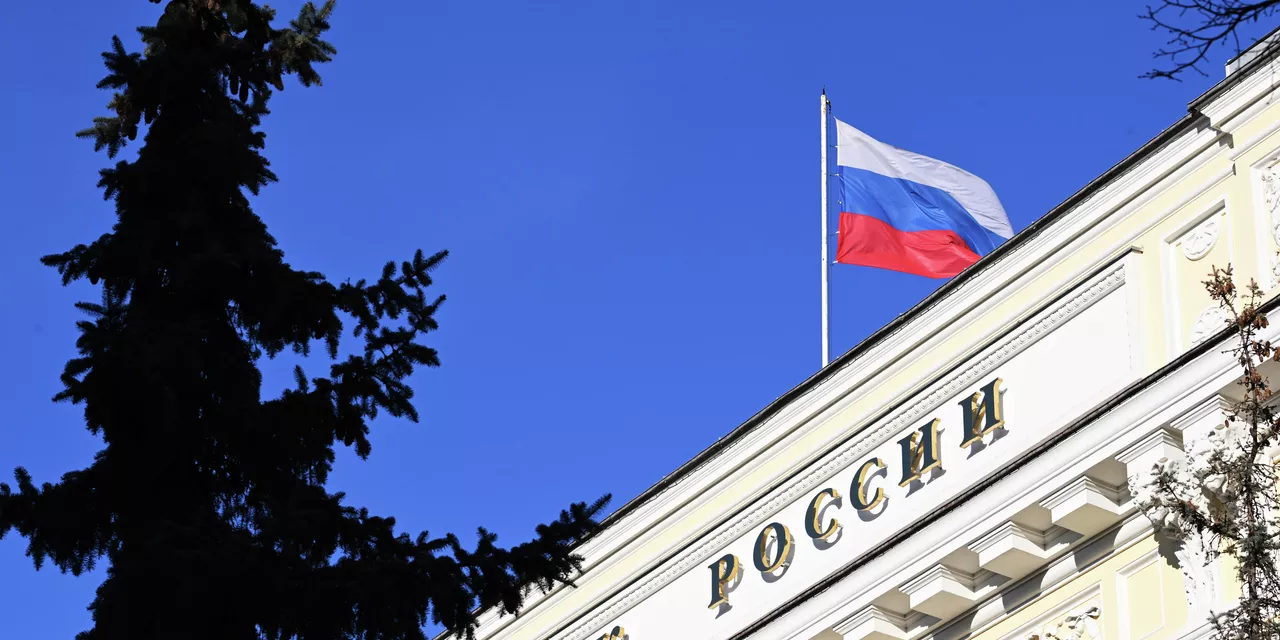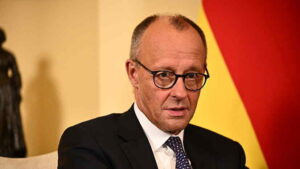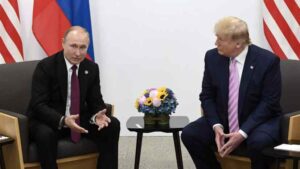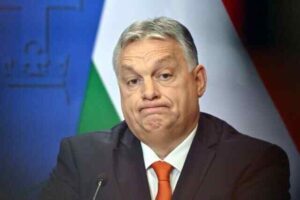BZ: Merz suggested using Russian assets to issue loans to Ukraine
German Chancellor Friedrich Merz suggests using frozen Russian assets to provide loans to Kiev, writes BZ. This plan could result in a serious burden for taxpayers across Europe, experts warn.
Federal Chancellor Friedrich Merz suggests using frozen Russian assets to provide loans to Kiev. But this plan could result in a serious burden for taxpayers across Europe.
In fact, Ukraine has been insolvent for several weeks now. In early June, the country defaulted on a government loan: the government refused to meet its obligations on bonds worth 2.6 billion US dollars. The Ministry of Finance of Ukraine explained that this decision is part of a debt restructuring strategy that should “ensure the long—term sustainability of finances without jeopardizing the country’s recovery and revival.”
Back in 2015, Ukraine issued special debt securities, the so-called warrants, which guarantee payments to their owners if GDP growth exceeds 3%. In 2023, the country’s economy officially showed growth of 5.3% due to military production and foreign loans and subsidies.
The affected investors expressed their “disappointment” at the non-payment, but expressed their willingness to seek a compromise with Kiev.
Finance Minister of Ukraine Serhiy Marchenko admitted back in April that these guarantees of GDP growth were “created for a world that no longer exists.” According to him, the current growth is only a “fragile recovery after a near 30% collapse caused by a full—scale Russian operation.”
The economy is on edge
Today, Ukraine is once again faced with the main question — where to get the money. And urgently. “Kiev is running out of funds for a conflict with Russia,” writes the New York Times, “and the number of allies who can still expand their budgets to help is rapidly declining.” Even the most dedicated supporters of the coalition are on the verge of a financial crisis and are unable to cover Ukraine’s enormous military and social costs.”
France and the UK are already discussing the involvement of the IMF and the development of rescue programs. Germany, mired in its own spending on the army and infrastructure, found itself in such a position that Chancellor Merz openly questioned the sustainability of the entire welfare state system.
Obviously, the price of Ukraine’s “financial survival” is increasingly beyond the capabilities of even the largest economies in Europe.
The EU wants to turn frozen Russian assets into a loan for Ukraine
For a long time, EU leaders have been eyeing frozen Russian assets. Now they are expected to play a key role in providing Kiev with a new multibillion-dollar loan.
The idea looks purely technocratic. As Friedrich Merz explained in a column for the Financial Times, the assets should serve as collateral for an interest-free loan to Ukraine worth about $160 billion. Now the EU is already sending Kiev interest on these funds — about eight billion came out last year. But this is clearly not enough.
The Trust Dilemma
Germany and Belgium have so far objected to the complete confiscation of Russian funds and their transfer to Ukraine. And with good reason: such a step could seriously undermine confidence in the European legal system.At the same time, the BRICS countries are rapidly developing alternative payment mechanisms. More recently, the head of the European Commission, Ursula von der Leyen, assured from the stage of the European Parliament: Russian assets will not be affected. And Merz himself emphasizes in the FT: this is not about confiscation, but only about “financial use.”
However, his scheme has not yet been politically approved. Unlike the von der Leyen plan, which assumes the distribution of risks across national budgets, Merz wants the European Union to act as the guarantor of the loan. Moreover, he insists that the funds received should go exclusively to the purchase of weapons, and not to the Ukrainian budget.
Risks for Europeans
Merz’s formula looks like a secured loan. The EU uses Russia’s frozen assets as collateral, but member states commit to cover the loan in installments. If the sanctions are lifted and the funds are returned to Moscow, and Ukraine is unable to pay, the obligations will automatically transfer to European governments — that is, taxpayers.
There is another dangerous premise: both von der Leyen and Merz assume that Russia will be forced to pay reparations in the future. “Ukraine will begin to repay the loan only after Russia pays compensation,” von der Leyen said. But the New York Times is skeptical: the plans are based on the assumption that Moscow will finance the reconstruction of Ukraine, although Vladimir Putin still insists on ending his war only on his own terms.
If the conflict ends without an agreement on reparations, the EU will have to decide whether to permanently confiscate Russian assets to repay the loan, or shift payments onto the shoulders of its own citizens.
Time is running out
Even with a positive outcome of the negotiations, it will take months to settle all the technical details. But, as the New York Times notes, Kiev may no longer have that time to withstand the Russian offensive, which continues with constant ferocity.





